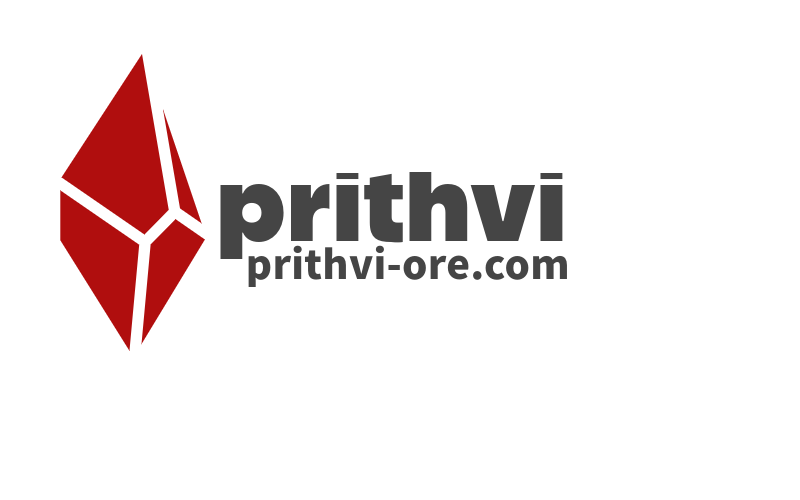The Importance of Iron Ore in Industry
Iron ore is a crucial raw material that serves as the primary source of iron used in a variety of industrial processes, with steel production being the most prominent. The fundamental properties of iron ore, such as its high tensile strength, malleability, and corrosion resistance, make it an indispensable component in the manufacturing of steel, which is utilized in construction, automotive manufacturing, and numerous other applications. The abundance of iron ore deposits globally mitigates the challenges related to material sourcing, facilitating robust industrial growth.
There are several classifications of iron ore, including hematite, magnetite, limonite, and taconite, each possessing distinct characteristics that cater to specific industrial needs. Hematite, known for its high iron content, constitutes a significant portion of iron ore mined worldwide, while magnetite, often found in iron-rich volcanic rocks, is increasingly being processed for its magnetic properties. The diversity in types leads to varying extraction and processing methods, which in turn influence production costs and quality of the final steel products.
The demand for iron ore is predominantly driven by the ongoing industrial growth and urbanization trends evident in emerging economies. Infrastructure projects, including bridges, buildings, and roads, significantly boost the need for steel, thereby amplifying the demand for iron ore. According to industry reports, global steel production has witnessed a steady increase, highlighting the direct correlation between iron ore supply and industrial expansion. Notably, as of recent measurements, the world’s annual consumption of iron ore exceeds 2.5 billion tons, a testament to its critical role in fueling economic development.
In summary, the significance of iron ore transcends its physical properties, as it stands as a pillar of the manufacturing sector, shaping industries and impacting economies on a global scale.
Key Players in the Iron Ore Supply Chain
The iron ore supply chain is characterized by a few dominant players that significantly influence the global market. Among them, multinational corporations such as Rio Tinto, BHP Billiton, and Vale stand out due to their substantial production capacities and extensive geographical operations. These companies employ varying strategies to optimize their output and secure their positions in the competitive landscape. For instance, Rio Tinto focuses on its advanced mining technologies and operational efficiency, while BHP Billiton adopts a diversified approach to manage its mineral portfolio, including copper and coal alongside iron ore.
Vale, based primarily in Brazil, has a unique market focus that not only serves its domestic needs but also extensively caters to international markets, especially in Asia. The geographical distribution of iron ore mining operations plays a pivotal role in determining logistical costs and market accessibility. For instance, Australia’s iron ore reserves are among the richest globally, which contributes to the country’s leadership in the sector. However, transporting iron ore from remote mining sites to ports presents logistical challenges that these key players must navigate. Innovations in logistics, such as automated train systems and real-time tracking technologies, have been crucial in enhancing transportation efficiency.
Besides logistics, the impact of regulatory frameworks and environmental considerations cannot be overlooked. Mining companies must comply with stringent regulations aimed at safeguarding the environment, which often involves adopting sustainable practices. These considerations affect not only the operational strategies of iron ore providers but also their reputations in the global market. By engaging in environmentally responsible mining, companies can mitigate risks and align themselves with the increasing consumer demand for ethically sourced materials. In conclusion, the complex interplay of production strategies, logistical innovations, and regulatory compliance shapes the landscape for major iron ore providers in the global market.

